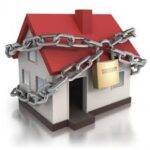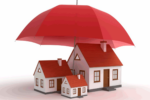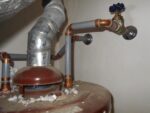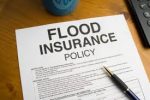HB-1049:New Flood Insurance Disclosure Requirement

A new Florida law requires people who sell their home must disclose to buyers if they’ve ever filed a flood insurance claim or received federal assistance related to flood damage. It currently applies to homeowners and excludes landlords.
Before HB-1049, property owners and real estate agents selling homes in Florida did not have to tell buyers about a property’s risk for flooding.
It is no secret that Florida has a history of extreme weather and flooding. Nevertheless, sellers were not required to disclose the flood tendencies and risks associated with their homes prior to October 1, 2024. Enter HB 1049, which bridges this gap by requiring explicit flood disclosures in real property sales.
Sellers must inform buyers of the following:
- Flood insurance disclaimer. The form clarifies that homeowners’ insurance does not cover flood-related damage and encourages buyers to secure separate flood insurance.
- Flood claims and assistance. Sellers must disclose whether they have filed claims or received federal assistance for flood damage, including from FEMA or the National Flood Insurance Program (NFIP).
For the purposes of the disclosure, the bill defines “flooding” as the general or temporary overflow of inland or tidal waters, surface water accumulation, or sustained standing water from rain.
Property insurance and flood insurance are two separate policies. I have always advised my clients to purchase flood insurance regardless of whether or not their home is in a FEMA designated flood zone. Weather in Florida is unpredictable and with climate change, more areas that never were prone to flooding can now be in a situation where there is historical rain fall in a short period of time. Since we are at sea level, there is no place for the water to quickly disburse and will rise in the streets and lakes.
HB 1049 signals a change in the tides for the Florida real estate market, offering buyers a clearer view of potential flood risks and fostering much-needed transparency in residential property sales.















 Kim N. Bregman
Kim N. Bregman